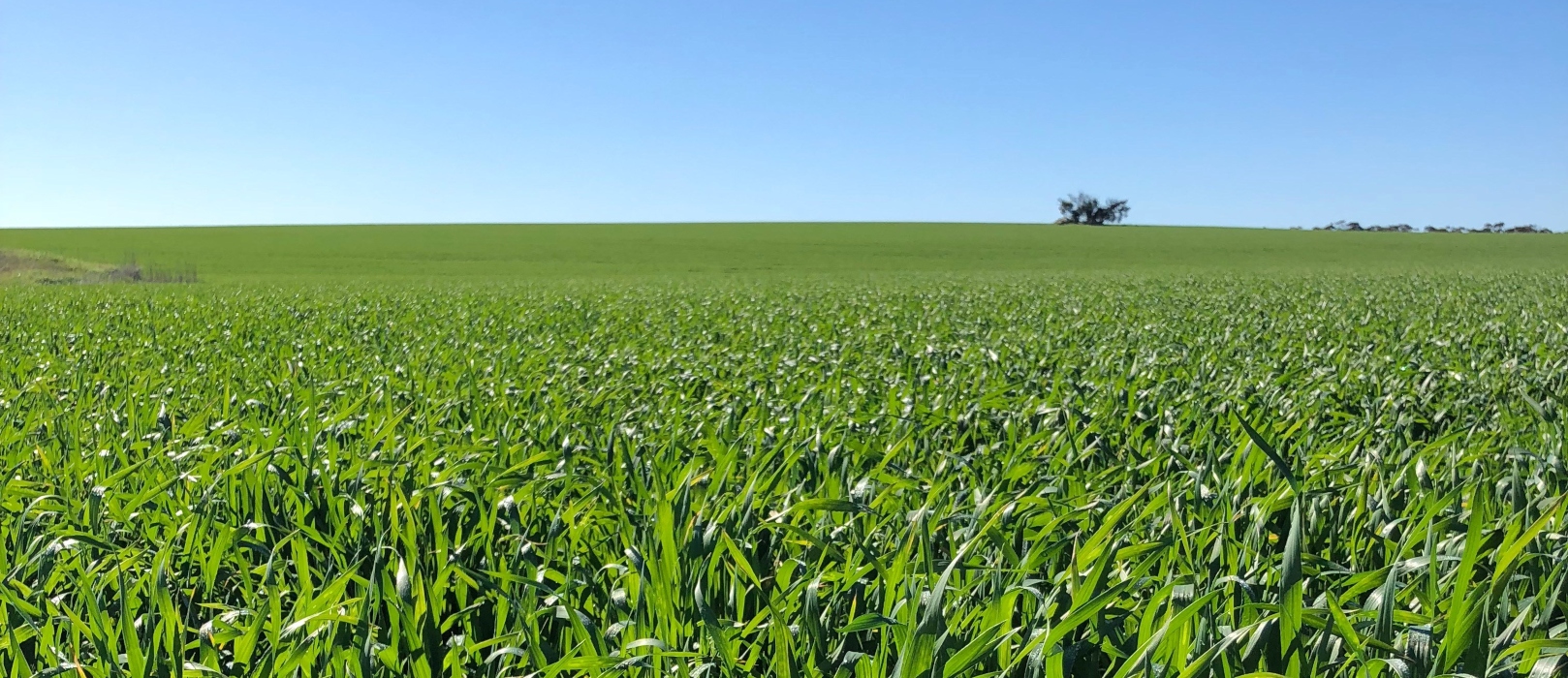
Grain Snippet: Barley Looking Balanced
Local barley prices we have seen some small gains over the past month, with BAR1 in Adelaide circa $290/MT and $310/MT in Geelong. The market has found some support with the weather turning more arid and growers are searching for finishing rains. In the background, the global feed grain production grows ever larger and the market eases to a more normal rhythm, without any supply shocks or black swan events on the horizon.
Barley production among major exporters is forecast at 104.53MMT, up 5.9MMT y/y. With higher production, ending stocks are projected at 10.23MMT, up 0.781MMT above last season but still 0.643MMT below the five-year average. This indicates that major barley exporters’ stocks remain relatively tight. However, the market has become accustomed to tight stocks.
If ABARES’ number is realised, it would mark Australia’s second-largest barley crop on record, just shy of the 20/21 peak of 14.6MMT. That’s up 1.3 MMT from last season, 13.6% higher than their June estimate, and 1.1MMT above the five-year average. ABARES has forecast an average national yield of 3t/ha, sitting above the five-year average of 3t/ha — a sign that this year’s winter finish has been kinder to some areas than many expected back in autumn.
Across the states, production has lifted strongly in most regions. In South Australia, barley production is forecast at 2MMT, up 0.7MMT on last year, but still just shy of the five-year average of 2.1MMT. Yields are expected to average 2.4t/ha, comfortably above the long-term norm of 2 t/ha. These numbers are broadly in line, though slightly higher, than PIRSA’s latest estimates, though the recent turn in weather may test some of these forecasts. In Victoria, ABARES has pegged production at 2.5 MMT, about 0.5 MMT higher than last year, with yields at 2.9 t/ha, sitting just under the five-year average.
The real drivers of this potential near-record national crop are coming from the west and the east. Western Australia is forecast to deliver a bumper 6.4 MMT, well above its five-year average of 5.1 MMT, reflecting strong area and yield recovery after several mixed seasons. New South Wales is also expected to contribute strongly, with 3.15 MMT forecast — roughly in line with its five-year average but still a solid rebound from last year’s patchier result.
All up, the 25/26 season is shaping as one of recovery and balance. After several years marked by volatility, drought premiums, shifting export flows, this year’s outlook offers a return to more comfortable supply and more reliable demand levels. Stronger yields and broad-based production gains will likely ease some pressure in domestic markets, keep export programs humming, and likely give buyers a bit more breathing room heading into harvest.
This is a sample only, if you would like to view the entire document and our recommendations, please contact CloudBreak to discuss becoming a member on (08) 8388 8084.


